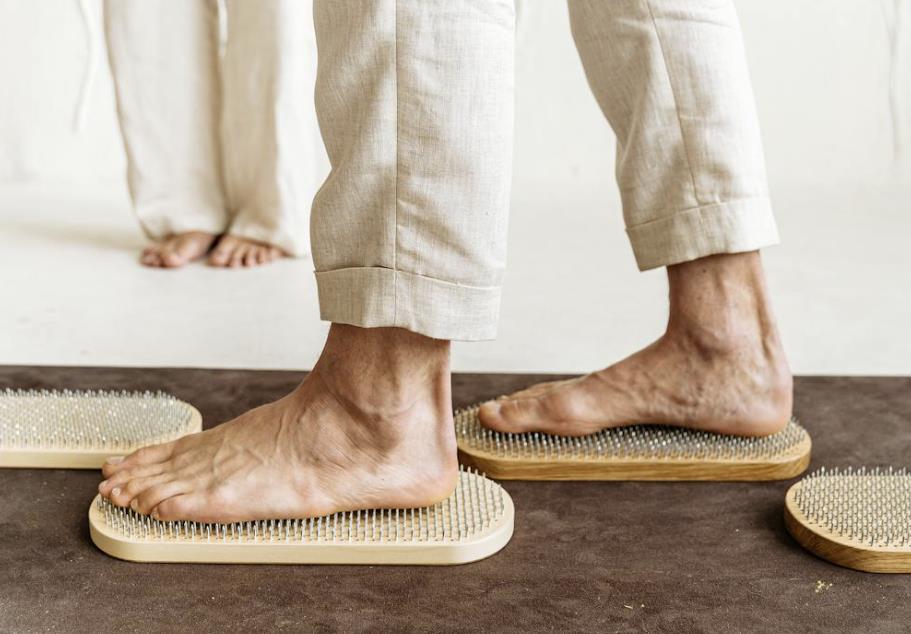After surgery, illness, or an acute medical event, your healthcare provider may suggest incorporating orthopedic rehabilitation into your recovery plan. If you aren’t quite sure what orthopedic rehabilitation is or what to expect from the treatment, this blog post is for you. Learning more about orthopedic rehabilitation can help demystify the process, showing the ways it can help you recover.
What is orthopedic rehabilitation?
Orthopedic rehabilitation is an umbrella term that encompasses many types of physical therapy (PT) for the musculoskeletal system. It’s used to help people recovering from surgery, illness, or injury involving joints, ligaments, tendons, cartilage, bones, and muscles. Moreover, urgent Orthopedic Care is a section that deals with the diagnosis and treatment of orthopedic injuries. It is necessary for patients to be seen within 24 hours to avoid permanent damage.
Emergency care for these injuries can be provided by a general practitioner, an emergency room physician, or an orthopedic surgeon. The care given depends on the injury and its severity of it. Doctors usually prescribe antibiotics, pain medications, and other treatments to help with recovery. Patients who are injured and in pain should seek immediate care as soon as possible to avoid permanent damage and get back on their feet as soon as possible. With this, Wayne NJ orthopedic doctorservices encompass a wide range of treatments, including joint replacement surgery, physical therapy, and sports medicine, to help patients regain mobility and live pain-free.
Common types of injuries and conditions
-
Carpal tunnel syndrome
-
Arthritis
-
Torn ACL/medial meniscus
-
Osteoporosis
-
Broken bones
-
Hip, knee, or shoulder replacement
What does an orthopedic therapy program look like?
Each program is tailored to a patient’s individual needs and goals. It can vary in length, frequency of visits, and intensity level for exercises or activities, and your healthcare team will likely need to adapt it along the way. While each program is different, they follow a similar general path that maximizes your recovery.
First, you’ll meet with a physical therapist to assess your abilities and limitations. Many are fine starting with outpatient programs, but serious conditions or injuries may require inpatient care to start. This first visit should also include things that the patient can begin doing right away to start the healing process.
If you are an individual that has undergone knee replacement surgery, you need to ensure that your treatment and recovery plans are followed stringently. The first thing that you should know is that no two people have the same recovery rate. This is why paying close attention to what your orthopedic says is important. Rests, exercises, medications, and tests will be enough to help you fast-track your recovery following the surgery.
After the initial evaluation, treatment will be tracked and adjusted accordingly in future visits depending on how much progress has been made. In some cases, this may mean that you’ll be discharged from therapy fairly quickly. In other cases, it may involve returning for several additional visits.
Upon completion of guided therapy, there is usually a transfer of care to the patient. They are responsible for completing guided exercises at home to continue strengthening, improving their range of motion, and maintaining their progress. Therapies that aim to improve a disabled person’s quality of life qualify as valid expenses in a participant’s NDIS plan. Consult with your plan manager in availing of these services.
What types of therapy to expect
In most cases, the treatment plan will include a combination of modalities such as:
-
Electrical stimulation (e-stim) devices/TENS units
-
Heat and ice therapy (thermotherapy)
-
Ultrasound treatment or therapeutic ultrasound
-
Manual therapy techniques include massage, mobilization/manipulation of soft tissues and joints exercise prescription to improve strength, range of motion, endurance, and balance education on how to prevent a recurrence.
Physical therapy
Physical therapists work with you to maximize your strength, mobility, and functional potential. They teach you how to prevent a recurrence of the injury or condition, help you understand what activities are safe for you at this point in time, and guide you through exercises to improve strength, range of motion, endurance, coordination/balance, and function.
Occupational therapy
An occupational therapist can help you to learn how to perform tasks safely without putting yourself at risk for another injury or recurrence of the condition that originally brought you into treatment. The occupational therapist also provides assistive equipment as needed (wheelchair, cane), works with a vocational counselor if necessary, and shows you any other ways in which to complete daily tasks safely and effectively.
What are the benefits?
Orthopedic rehabilitation can help you recover from an injury or health event by teaching you how to properly manage your symptoms. All in all, the benefits of orthopedic rehabilitation are manifold—helping reduce or eliminate discomfort, speed up recovery time, improve function and lead a healthier lifestyle in general. The sooner you incorporate this treatment strategy into your care plan, the more quickly you’ll be able to resume your normal activities and daily life.
Altogether, orthopedic rehabilitation is a vital component of any treatment plan for an injury. It can help you recover quickly by teaching you how to manage your symptoms and when/how to use pain medication so that it works best. The sooner you incorporate this therapy into your care, the more quickly you’ll be able to resume normal activities and daily life.







